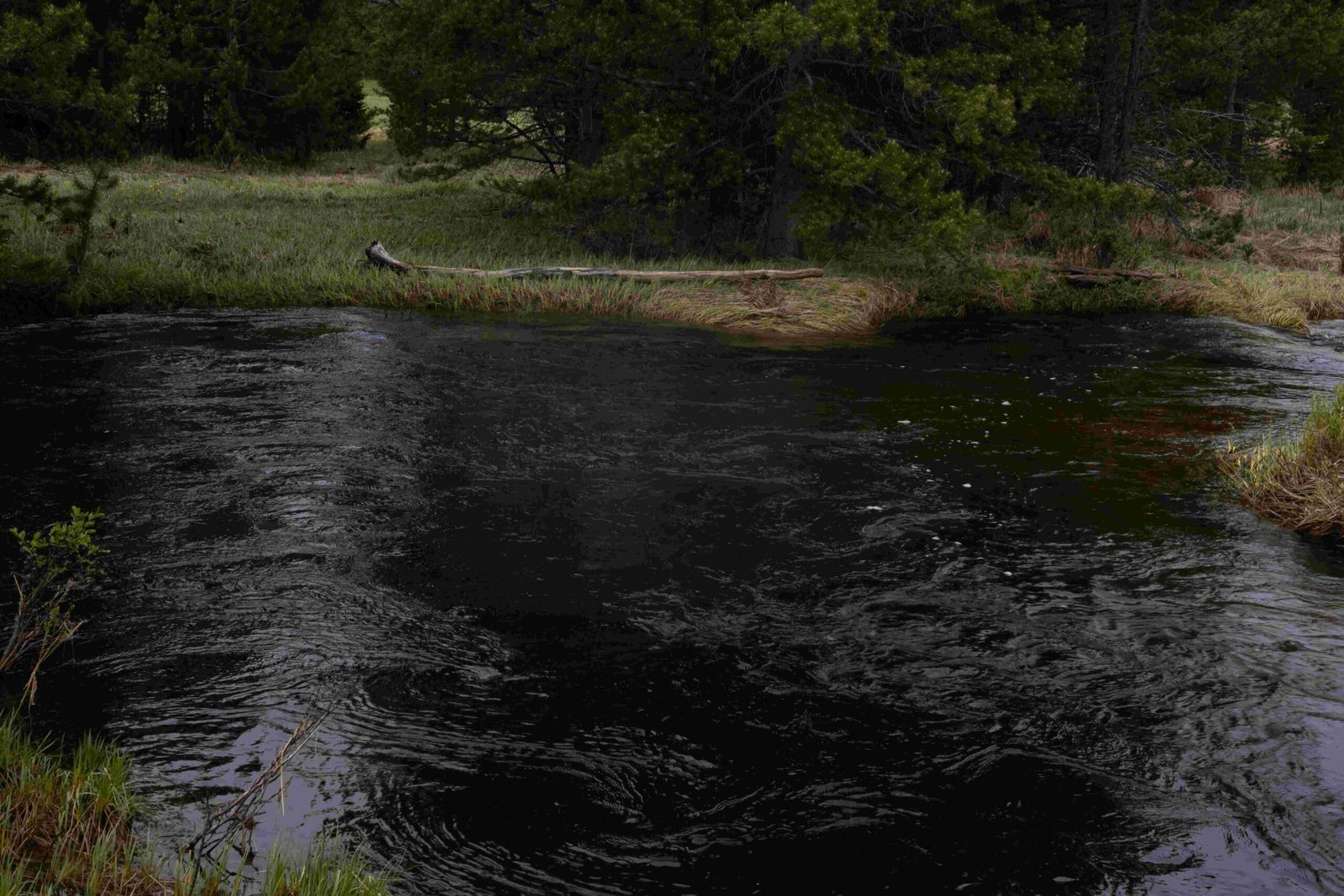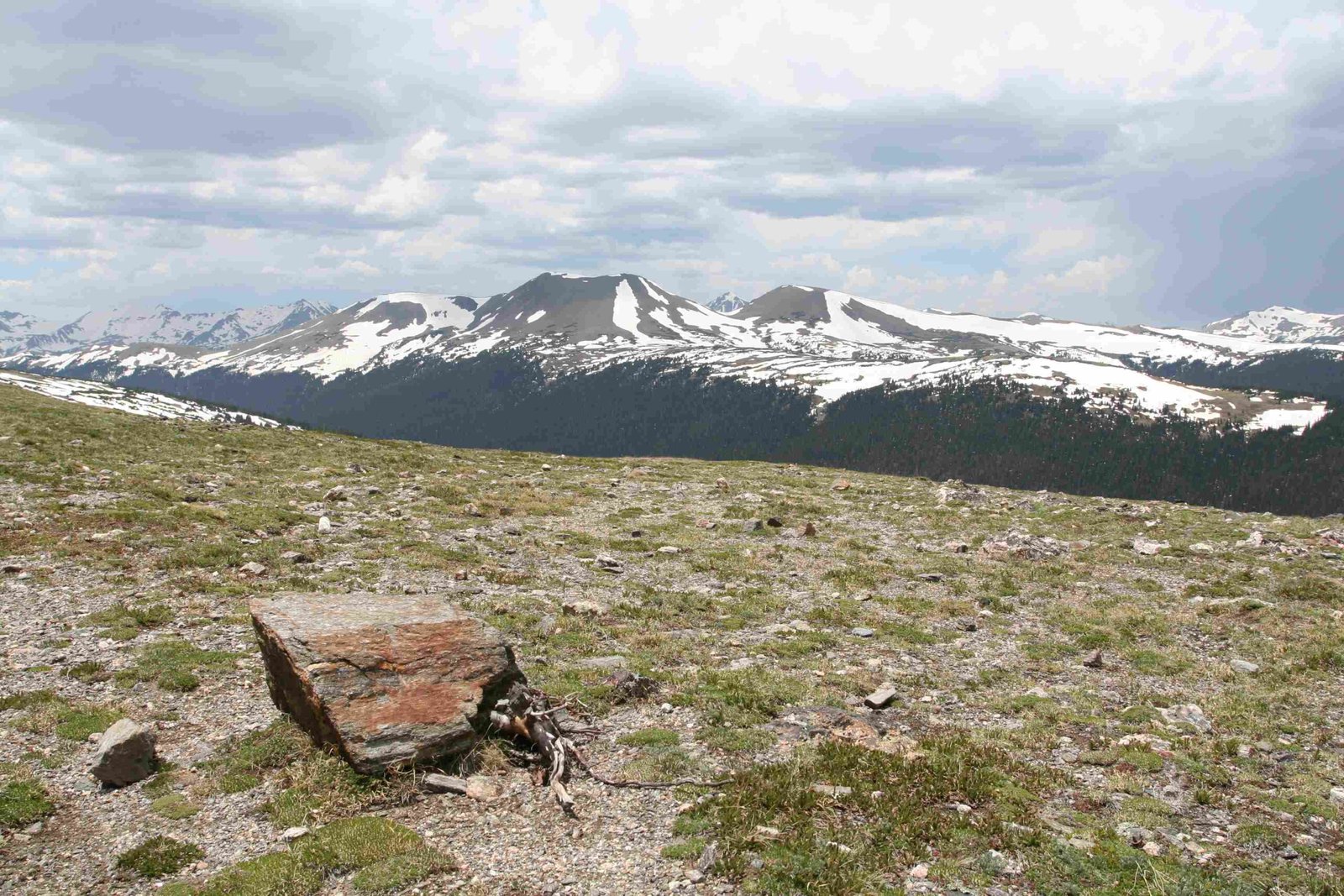Chronic Wasting Disease (CWD) in Rocky Mountain National Park has been a significant concern since its first identification in 1981. This fatal neurological disease affects elk and deer populations, posing challenges for wildlife management. The park has implemented various strategies to monitor and mitigate the impact of CWD, including testing, population management, and genetic studies. This article provides an in-depth look at the current state of CWD in Rocky Mountain National Park and the ongoing efforts to address this wildlife health issue.
What is the Current Prevalence of CWD in Rocky Mountain National Park?

Rocky Mountain National Park has been grappling with Chronic Wasting Disease for decades. Recent studies have shown:
- The prevalence of CWD in elk populations is relatively high, raising concerns about herd viability.
- Research indicates that CWD prevalence exceeding 13% can significantly impact elk population sustainability.
- Genetic adaptations have been observed in the park’s elk, with a higher prevalence of the L allele, which slows disease progression.
How Does CWD Affect Elk Behavior and Health?

Elk infected with Chronic Wasting Disease exhibit distinct symptoms and behavioral changes:
- Physical Condition:
- Infected elk often appear thin or in poor condition
-
Lack of awareness or concern for surroundings
-
Behavioral Changes:
- Reduced fear of humans
-
“Zombie-like” appearance, as described by wildlife experts
-
Clinical Signs:
- Weight loss
- Drooping ears
- Difficulty walking or standing
These symptoms can have severe implications for individual elk and the overall health of the herd.
What Management Strategies are Employed to Combat CWD?
To address the challenges posed by Chronic Wasting Disease, Rocky Mountain National Park has implemented several management strategies:
| Strategy | Description |
|---|---|
| Testing and Removal | Biologists are trained to recognize symptoms and remove sick animals for testing |
| Population Management | Studies on reducing elk population density to decrease CWD incidence |
| No Translocation | Prohibition of moving deer and elk into or out of parks to prevent disease spread |
Additionally, the park collaborates with state agencies like Colorado Parks and Wildlife for broader testing and monitoring efforts.
How is CWD Testing Conducted in and Around the Park?
While specific facilities within Rocky Mountain National Park for CWD testing are not detailed, the testing process involves:
- Collaboration with State Agencies:
- Coordination with Colorado Parks and Wildlife (CPW)
-
Mandatory testing programs for hunter-harvested deer and elk
-
Testing Protocols:
- Submission of animal heads for CWD testing
-
Designated submission sites operated by CPW in Fort Collins, Denver, and Craig
-
Park-Specific Measures:
- Collection and testing of deer and elk carcasses within the park
- Ongoing monitoring and surveillance programs
What are the Long-term Implications of CWD for Rocky Mountain National Park?
The presence of Chronic Wasting Disease in Rocky Mountain National Park raises several long-term concerns:
- Ecological Impact:
- Potential changes in elk population dynamics
-
Effects on predator-prey relationships and vegetation patterns
-
Management Challenges:
- Ongoing need for surveillance and testing
-
Balancing wildlife health with visitor experience and park ecosystem integrity
-
Research Opportunities:
- Continued studies on genetic adaptations in elk populations
- Exploration of new management techniques and potential treatments
How Can Visitors Help in CWD Management Efforts?
Visitors to Rocky Mountain National Park can play a role in CWD management:
- Awareness:
- Learn about CWD and its symptoms
-
Report any sightings of sick or abnormally behaving elk to park rangers
-
Compliance:
- Follow park regulations regarding wildlife interaction
-
Do not feed or approach wildlife, which can contribute to disease spread
-
Support:
- Participate in educational programs about wildlife health
- Advocate for continued research and funding for CWD management
What Future Research is Planned for CWD in Rocky Mountain National Park?
Ongoing and future research initiatives focus on:
- Genetic studies to understand elk adaptations to CWD
- Evaluation of population management strategies on disease prevalence
- Exploration of potential treatments or preventive measures
- Long-term monitoring of CWD impacts on park ecosystems
By continuing to study and address Chronic Wasting Disease, Rocky Mountain National Park aims to preserve its iconic elk populations and maintain the ecological balance of this treasured wilderness area.

